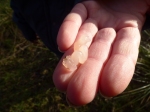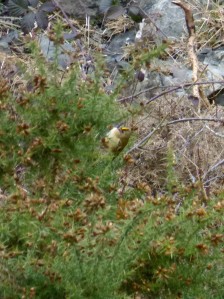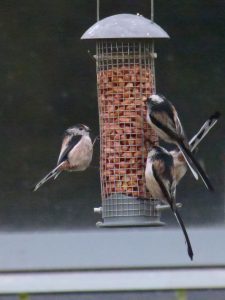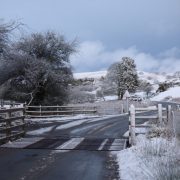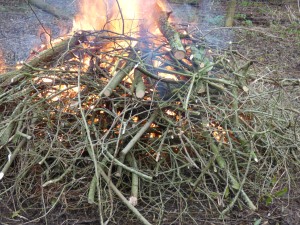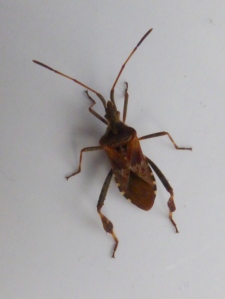Moths Rule
It was my last weekend before my contract at Radnorshire Wildlife Trust finished, you would think I would be taking a break perhaps, having a lie-in and a cuppa maybe. But this is me that we’re talking about, so instead I was up and out at an unearthly hour – out the door by 6.45am! (NB – if you know me well, you’ll see that my recently started medication is evidently working!!) It was snowy and icy out, still incredibly dark and blooming cold! What on earth was I thinking?! But there was a plan in action you see, I was off on an adventure to Birmingham. I was attending an event – the National Moth Recorders’ Meeting (organised by the Moths Count project, of Butterfly Conservation), and I was very excited. A whole day conference on one of my favourite subjects, with lots of other people who are also really keen, what wasn’t to love about it? Except perhaps the early start.
To see the conference tweeting from the day, just look at the hashtag: #NMRM.
As expected, it was a brilliant day. With a range of fascinating talks, trade stalls and plenty of fellow enthusiasts to talk to, I was buzzing. Apparently it was the highest number of attendees, I think it was around 200 or so? Some I knew already – I’d met a number of the Butterfly Conservation staff before, and there some other Twitter users attending that I follow (it was lovely to put a face to the Twitter handle!).
The talks were fascinating, as previously mentioned, and on a range of topics including:
- The work of the world’s first ever local biological records centre (I think I’ve remembered that right), Cumbria Biodiversity Data Centre
- Using pheromones to lure in rare species
- The distribution of the Cinnabar Moth in Scotland
- A discussion on whether a national micro-moths recording scheme was possible
- Looking for moths in Wales
- A round-up of the Garden Moth Scheme
- Moth trapping in Sweden – light trapping during summer doesn’t work!
The trade stalls were fantastic: books (including some of the new ones!), equipment (which I stared at longingly) and some gorgeous craft products – tea towels, postcards and notebooks from Creature Candy, and the absolutely stunning creations from Hachiware. My bank account is not happy with me, but I have no regrets!
 All in all, it’s already in my diary for 2016! Congratulations and many thanks to Butterfly Conservation / Moths Count for such a superb, especially to Zoe Randle who I believe is the main organiser for the day.
All in all, it’s already in my diary for 2016! Congratulations and many thanks to Butterfly Conservation / Moths Count for such a superb, especially to Zoe Randle who I believe is the main organiser for the day.







